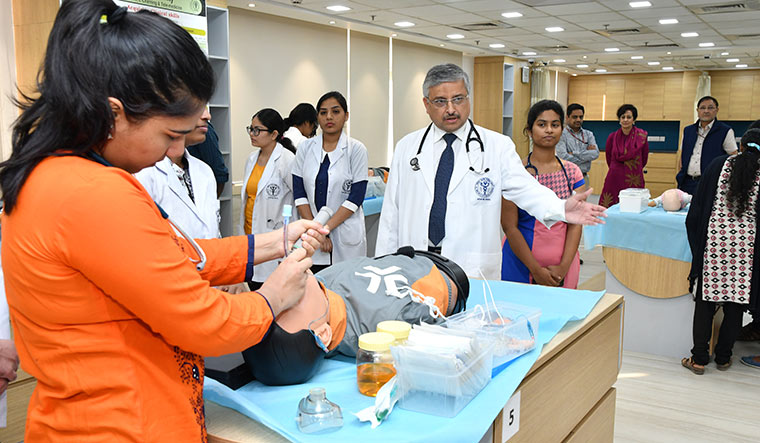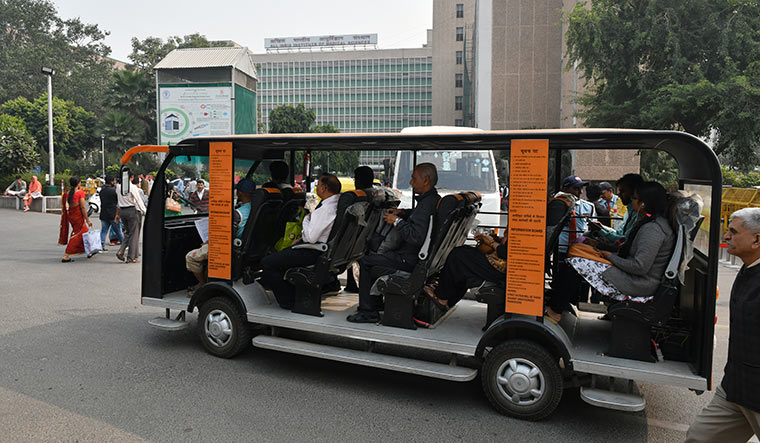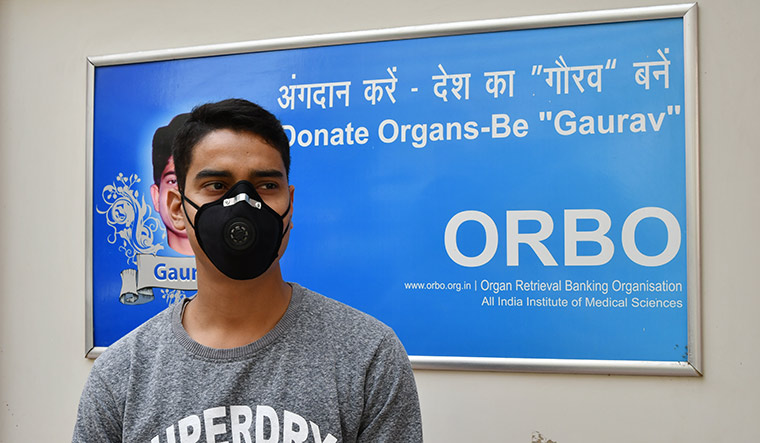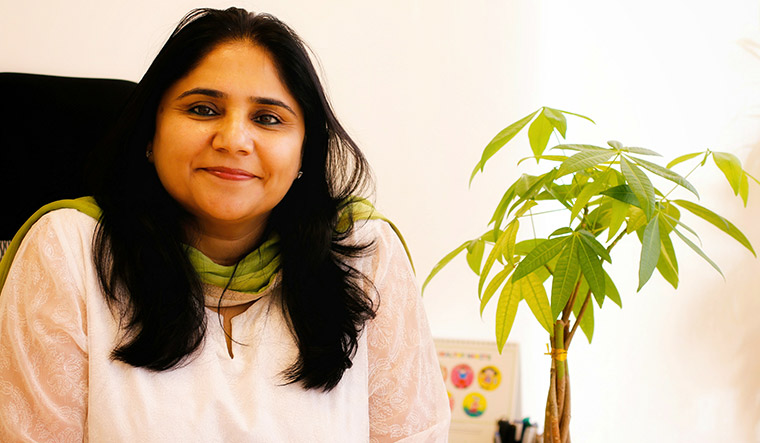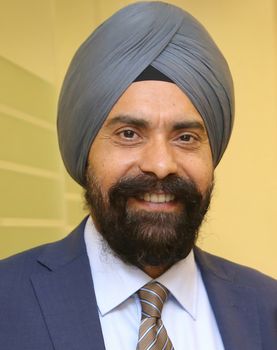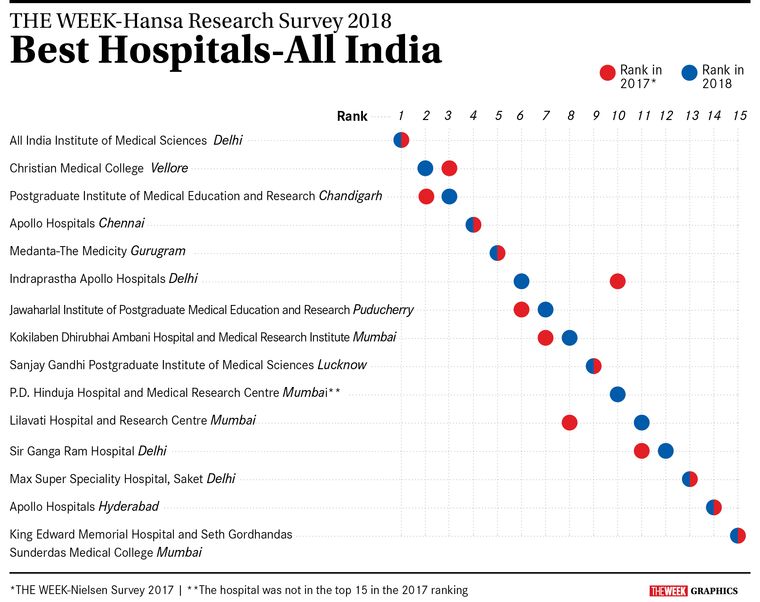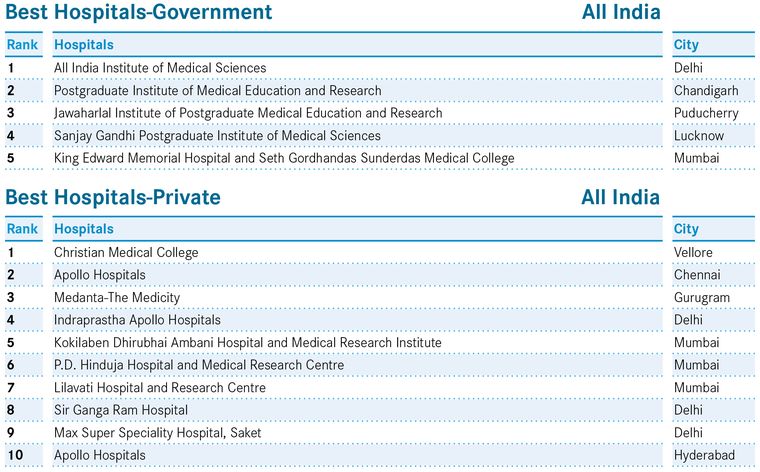Between life and death, there would have been only three months.
In early 2018, Sharon Santan Cabra, 25, was told that his heart was working at only 20 per cent of its capacity. The family had known that his heart was weak since 2005. But he was managing, with medication. In all these years, Cabra, a resident of Gurugram (the family shifted from Karnataka for his treatment a few years ago), had tried several super-speciality hospitals in the vicinity, too. “But, I would feel better only when I would come to AIIMS,” he says. “At one hospital in Gurugram, they could not even diagnose my problem properly. They asked me to get a lung transplant done.”
At the All India Institute of Medical Sciences, Delhi, Cabra was advised a heart transplant surgery. In a country such as India, with one of the lowest rates of organ donation, a donor heart does not come easy. And when it does, the transplant must be done within four hours. Luckily for Cabra, a donor heart was available at the trauma centre at AIIMS in April. From there, a team of cardiac surgeons took over. Today, Cabra says he feels good, and is looking forward to making a good life for himself in Delhi.
Cabra’s is one of the 66 heart transplants done at AIIMS, since it made history for the first heart transplant in India in 1994. Today, 62 years after it was founded, AIIMS is counting many firsts, including first combined pancreatic and kidney transplant and the first robot-assisted urological surgery. And, all this at affordable rates. No wonder, AIIMS, Delhi, tops the all-India list of THE WEEK-Hansa Research Best Hospitals Survey 2018 , followed by Christian Medical College, Vellore, and Postgraduate Institute of Medical Education and Research, Chandigarh. AIIMS, Delhi, also ranks first in seven specialisations—cardiology, ophthalmology, diabetes care, paediatrics, orthopaedics, neurology and infertility treatment.
“We are providing the best treatment in a state-of-the art facility at very low costs,” says Dr Randeep Guleria, director, AIIMS, Delhi. “The quality is the same, whether the patient belongs to the below poverty line category, or is a senior cabinet minister.” Guleria, who also heads the department of pulmonology and sleep disorders, cites bronchial thermoplasty as an example. AIIMS is the only government hospital in the country to offer the advanced procedure at no cost. “We do this procedure for patients with severe asthma, for whom inhaled medication does not work,” says Dr Karan Madan, assistant professor, pulmonology and sleep disorders. The procedure entails guiding a bronchoscope, with a catheter, through the patient’s mouth into his airways, and heating up the swollen muscles. “In asthma patients, the smooth muscles swell up, thereby restricting the flow of air,” explains Madan. “The heat that is delivered through the bronchoscope burns off that swollen muscle, opening up the airways.” In a private hospital, Madan says the procedure, done in three sittings, could cost about 05 lakh. “Here, we are doing it free of cost,” he says.
The quality and affordability in patient care come at a price though. Each day, the outpatient department (OPD) at AIIMS sees about 13,000 patients; each year, the hospital admits 2,45,495 patients and conducts 1,94, 015 surgeries. “We are paying the price of excellence,” says Guleria. However, there are several measures being taken to tackle the huge inflow. A new OPD and surgical wing, a mother and child centre, a 750-bed cancer hospital in Jhajjar, Haryana, a burns and plastic surgery centre and an ageing centre are in the offing. Long-term plans include a master plan for the institute with newer centres and apartments for faculty.
Clinical care aside, AIIMS also has many firsts in its teaching methodology. One of the latest additions is the SET (Skill, E-learning and Telemedicine) facility, where students are taught practical skills on patient simulators or manikins. “Keep your elbows straight, press hard. Check the pressure on the monitor,” Dr Rashmi Ramachandran, professor, department of anaesthesiology, pain and critical care, instructs a student, as the latter performs cardio-pulmonary resuscitation on a life-size patient simulator. Guleria says they have the liberty to try out new things as their curriculum is not bound by the Medical Council of India. “Here, by using the simulation technique, we are allowing students to learn practical skills, and not just depend on didactic lectures,” he says. “For instance, if it is a delivery, students should know how to conduct it with confidence when in the real world. Right now, some departments such as anatomy, paediatrics and emergency care are using this mode of instruction. The idea is to make it mandatory and part of the curriculum.”
At the digital histology laboratory, Dr A. Shariff, professor, department of anatomy, and professor in-charge, computer facility, explains how an interactive teaching system, conceptualised and designed by in-house experts, is helping students gain first-hand knowledge, and also allowing the faculty to instruct a large group at a given time. “Through technology, my entire batch of 107 students and I can see the same slide on our screens, instead of me teaching them about a particular slide in small groups. I can also instruct students in any part of the country,” he says.
Besides training students, AIIMS is also focusing on student welfare, with a new students’ welfare wing, counselling services, a modern gymnasium and a swimming pool, says Dr Aarti Vij, chief spokesperson, AIIMS.
Technology aside, what has helped AIIMS retain its position of excellence in patient care, research and teaching, is the “culture of dedication” and the “commitment” of its faculty, says Guleria. “These doctors could get paid so much more in the private sector. At times, it is a challenge to retain them. Those who have stayed have done so because of their commitment to serve the poor and the opportunities for research that allow them to excel at their job.”
Small wonder then that replicas of AIIMS, mushrooming across the country, are struggling to attain that level.
DR DILPREET BRAR
Founder and MD medECUBE
IN HEALTH CARE, the most transformational technology in the coming years will be artificial intelligence. I am not saying it will replace physicians. Instead, it will be of tremendous help, especially where access to a highly specialised physician is limited. It will also help reduce medical errors. Most importantly, it will help implement the paradigm of centralised diagnostics and decentralised care. In the transformation of the health care industry, one of the biggest changes has been in the service orientation of hospitals in the last five years. I believe that this is in direct response to the increased expectations of the modern-day patient, or rather the consumer of health care. In the years to come, patient needs will focus more on chronic illnesses. The expectation will change from being treated as a patient to that of being served as a consumer of health care.
DR AJIT SINGH
Board member medECUBE
A MAJOR CHALLENGE in the industry is access. You do not feel that this is a problem when you live in one of the large metros. But in tier-2 and tier-3 cities, this is clearly an issue. It is further exacerbated by lack of objective and reliable information on outcomes and pricing. Take, for instance, the case of Baljit, a 16-year-old boy from Bhatinda, Punjab, who was diagnosed with epilepsy ten years ago. He had been on medication, yet regularly suffered from seizures. Last year, medECUBE sought a second opinion from a Stanford neurologist, who decided to involve a psychiatrist. This was because the symptoms, when studied in detail, did not fit into the usual diagnosis of epilepsy. The result: diagnosis was not epilepsy at all, but rather a psychological state. The parents of the child trusted the second opinion, discussed with their physician in India and decided to follow the advice they got from Stanford. Now, the patient is off medication completely, and is on psychotherapy. Most importantly, he has been seizure-free for the past one year. Everyone should have access to the right diagnosis and treatment.


